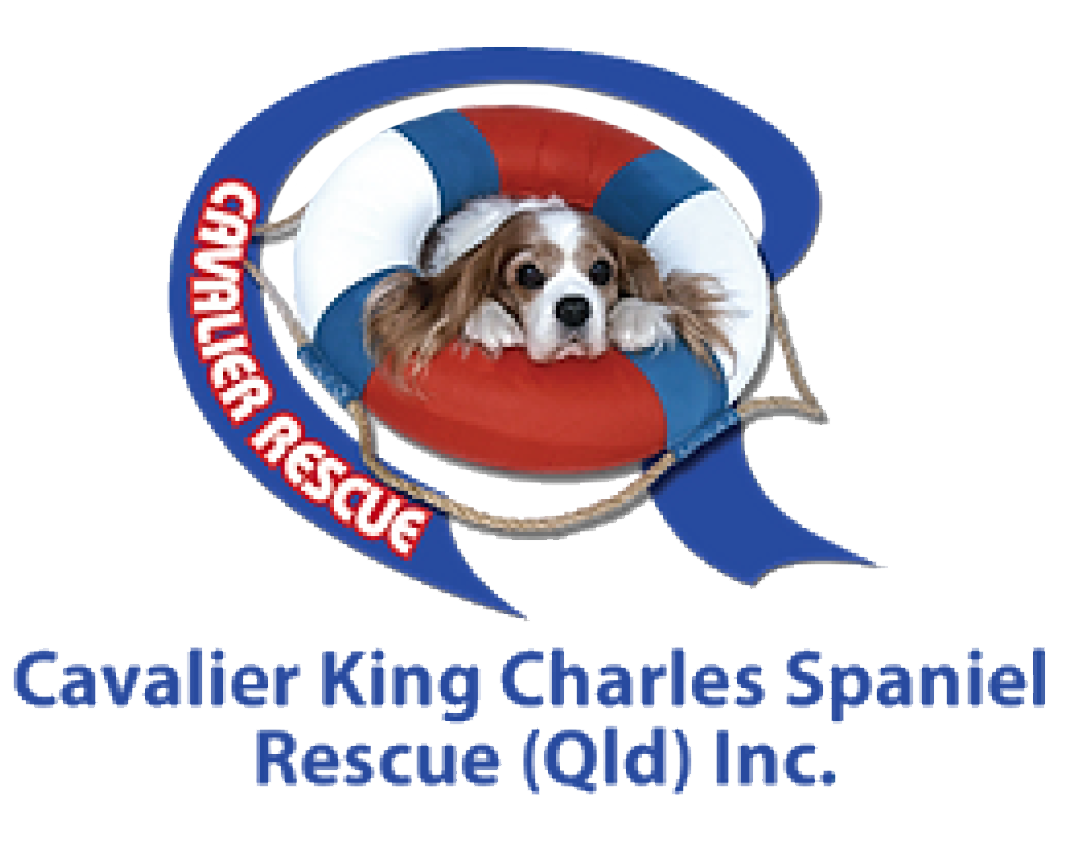Avoid Overdoing Carbs — Why Too Much Starch Isn’t So Sweet.
Written by: Veterinarians Dr Sienna Browne and Dr Will Maginness, co-founders of 5 Hounds by Dr Will.
Let’s talk about a hidden problem in many dogs’ diets: excessive carbohydrates. Flip over almost any bag of commercial dog food and you’ll often see a parade of starches—wheat, rice, corn, potatoes, peas. In many cases, these diets are 50–60% carbohydrate. That’s far more than what dogs are designed to handle.
Why does this matter? Because too much starch puts stress on a dog’s metabolism and can contribute to:
Weight gain and obesity
Chronic inflammation, which is linked to joint disease and gut imbalance
Skin problems and itchiness, often mistaken for allergies
Dogs benefit from carbohydrates in small amounts, ideally from low-glycaemic, nutrient-rich sources like pumpkin, sweet potato, or carrots. In a fresh food diet, carbohydrates should be the smallest slice of the pie—usually under 20–25%. Compare that to many dry foods, where carbs dominate half or more of the formula. That’s a big metabolic load for your dog to process day after day.
When choosing food, here’s what to look for:
How to Pick a Better Kibble (if it’s part of your dog’s diet)
Meat first. Whole, named meats (like “beef,” “lamb,” “chicken”) should lead the ingredient list.
Know your proteins.
“Chicken” or “Beef” = whole, fresh muscle meat (best)
“Chicken Meal” = rendered, dried, concentrated protein—acceptable if from a named source
“Meat Meal” = vague and low-quality, could be any species
“By-Products” = leftover organs and bones—not necessarily bad, but should be clearly named (e.g., “beef by-product meal”)
Beware ingredient splitting. Seeing “pea protein,” “pea flour,” and “pea starch” separately is a trick to disguise how much pea is really in the food.
Limit carbs. Avoid kibbles where rice, corn, potato, peas, or lentils dominate the top five ingredients.
Skip artificial nasties. No colours, flavours, or preservatives.
Short and clean. A brief ingredient list with words you recognise is a green flag.
The bottom line? Many dog foods are closer to cereal than nutrition. If your dog’s kibble reads like a grain mix, it’s time to rethink what’s in their bowl.
The Long Life Project
Watch That Waistline: Why a Few Extra Kilos Could Be Stealing Years
We all love to spoil our dogs with treats or an extra scoop of food. But here’s the hard truth: weight is one of the most powerful predictors of your dog’s health and longevity.
Research shows that overweight dogs live up to 2.5 years less than their leaner counterparts. Those extra kilos also increase the risk of joint pain, diabetes, heart strain, chronic inflammation, and even certain cancers. It’s not just about appearance—it’s about quality of life and lifespan.
The best part? Keeping your dog at a healthy weight is entirely in your control.
Here’s where to start:
Feel the ribs. You should be able to feel your dog’s ribs easily, like the back of your hand. If you have to press, they’re carrying too much.
Check from above. Your dog should have a visible waistline. If they look more sausage-shaped, it’s time to adjust.
Portion smart. Feeding guidelines on the bag are only a starting point. Adjust portions up or down by 10–15% based on your dog’s condition, then reassess in a couple of weeks.
Rethink treats. Processed treats are often calorie-dense and carb-heavy. Try healthier options like freeze-dried meats, sardines, or crunchy veg such as carrots.
Move daily. Regular activity not only helps manage weight but also supports joint mobility, digestion, and mental wellbeing.
Helping your dog stay lean is one of the simplest and most powerful ways to add healthy years to their life. Every walk, every portion adjustment, every smarter treat choice—it all adds up to a longer, happier future together.
Disclaimer:
Cavalier King Charles Spaniel Rescue Queensland (CKCSRQ) encourages all dog owners to conduct their own research and consult with their Cavalier’s veterinarian to determine the most appropriate action for their dog, based on their specific needs.
